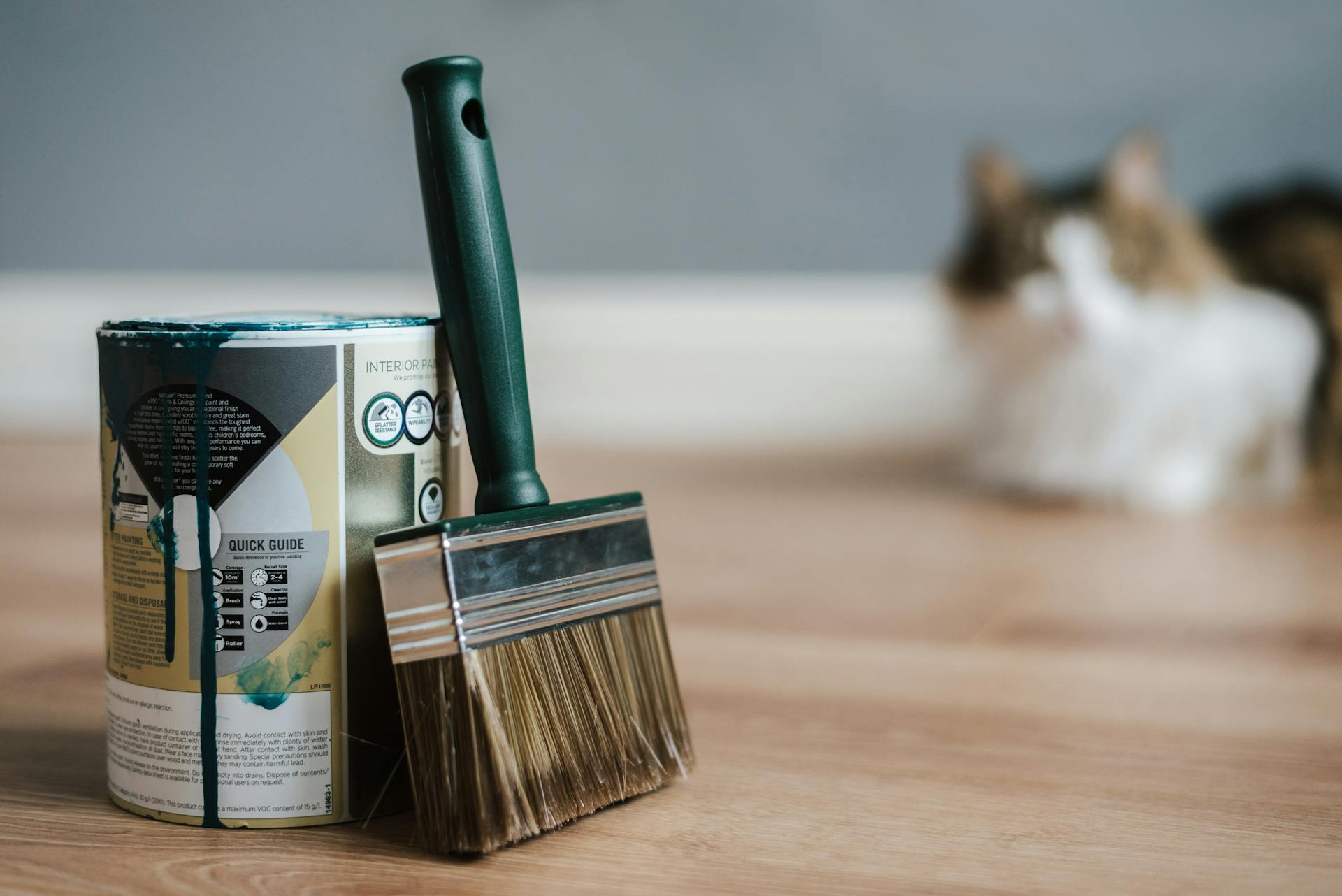
Rain barrel systems have become increasingly popular in recent years as a way to conserve water and reduce household water bills. This innocent household activity requires water for countless daily tasks, including washing hands, dishes, and laundry, as well as staying hydrated and maintaining personal hygiene. Minimum requirements for households typically include enough water to water plants, flush toilets, and perform other activities. Depending on geographic location and water accessibility, these activities can amount to 60 gallons or more per person daily.
Despite this high demand for water, many humans struggle with keeping their supply of clean drinking water renewable. The rain barrel system provides an easy solution to this problem by collecting rainwater from rooftops and storing it for later use. However, installation and cleaning of the rain barrel system can vary based on individual needs and preferences. In this article, we will explore the basics of how to install a rain barrel system in your home, as well as tips for keeping it clean and functioning properly over time.
Wondering How to Set Up Your Own Rain Barrel System?
If you're looking to conserve water and save money on your water bill, a rain barrel system is a great way to start. There are two options when it comes to setting up your own rain barrel system: either buying a premade rain barrel system or taking the DIY route.
The DIY route involves additional costs and effort required, but it can be more cost-efficient in the long run. To set up your own rain barrel system, make notes of the basic steps: obtain opaque barrels, cut holes for overflow and the pipe connecting them, add mesh filters at the top of each barrel, connect barrels with pvc pipes using pvc glue.
Overall, setting up a rain barrel system is an easy and effective way to reduce your water usage and save money. By following these basic steps, any homes part of this eco-friendly initiative will be able to enjoy the benefits of free natural water while also helping to protect our planet!
Step 3: Create Barrel Stand
Now that you have your rain barrel, it's time to create a sturdy barrel stand. This stand will keep your barrel elevated and secure, making it easier to access and use. You can choose from ready-made stand options which you can buy online or follow these simple steps to make one of your own.
To start, gather outdoor-friendly wood and top 4x4 posts for the construction of your stand. Next, measure and cut the wood into appropriate sizes with clean edge attach. Using 3-inch outdoor wood screws image 1 cut holes in each corner of the lumber pieces where the posts will be inserted then install them. Afterward, set up the finished product upright image 2.
By following these easy steps, you'll have a sturdy barrel stand that will last for years to come. With this simple project, you can help conserve water while creating a beautiful addition to your garden or yard. And remember, if you need any assistance with constructing your stand or any other aspect of setting up your rain barrel system, don't hesitate to contact Shain Rievley for expert advice and guidance!
1. DIY Rain Barrel: Construct Stand With Cedar
If you're looking for an affordable and eco-friendly way to collect rainwater, a DIY rain barrel system is the perfect solution. One important component of your setup is a sturdy stand to elevate your barrel off the ground. Luckily, constructing a stand with cedar is not only durable but also adds a rustic touch to your garden.
To make a cedar stand for your WTG 1200 rain barrel, follow these simple steps from Shain Rievley: Cut four pieces of cedar wood to match the height of your barrel. Then, cut four more pieces to match the width of your barrel. Use screws to attach the shorter pieces vertically to the longer pieces horizontally, creating a rectangle frame. Finally, place your rain barrel on top of the stand and enjoy free water for gardening and other outdoor needs!
2. DIY Rain Barrel: Cut Holes in Stand
When it comes to setting up a rain barrel system, the WTG 1200 rain barrel is a popular choice among DIY enthusiasts. However, to ensure that your rain barrel operates efficiently and effectively, you need to cut holes in the stand where the barrel will sit.
By cutting holes in the stand, you allow water to flow freely from your roof downspout into the rain barrel. It also ensures that the weight of the barrel is evenly distributed across the stand, preventing any potential damage or collapse. Follow these simple steps recommended by Shain Rievley to cut holes in your rain barrel stand: measure and mark where you want to cut on both sides of the stand, drill a pilot hole with a smaller drill bit before using a larger drill bit to create the final hole size, and file any rough edges for a clean finish. With this simple modification, your DIY rain barrel system will be up and running in no time!
Step 6: Attach Water Hose & Enjoy

Once your rain barrel system is properly installed, it's time to enjoy the benefits of collecting free water. To use the water, simply attach a garden hose to the spigot located near the bottom of the barrel. (See images 1 and 2 for reference.) This will allow you to use the collected rainwater for watering plants or washing your car.
Rain barrels not only help conserve water but they also provide a pleasing view in your yard. Place them next to large potted trees or in front of your home leaving a great impression on visitors who arrive at your house. (Refer to image 3 for an example of how Shain Rievley incorporated his rain barrels into his landscaping.) With proper installation and maintenance, these barrels can last for years and save you money on your water bill.
In conclusion, attaching a water hose and enjoying the benefits of a rain barrel system is as easy as it sounds. Simply connect the hose to the spigot, turn on the tap and let nature take its course. Don't hesitate to install one today and start saving money while conserving this precious resource!
1. DIY Rain Barrel: Attach Water Hose
Now that you've successfully set up your rain barrel system, it's time to attach the water hose. It's a simple process, and once done, you'll be able to utilize the collected rainwater for your garden or other outdoor needs.
To attach the water hose, first locate the spigot at the bottom of the rain barrel. This is where you'll connect the hose. Next, make sure there's no blockage in the spigot and remove any debris if necessary. Finally, take your water hose and simply attach it to the spigot. That's it! You're ready to start using your collected rainwater.
With this DIY rain barrel system set up, you can now save money on your water bill and conserve one of our most precious resources - water. So go ahead and give it a try today!
2. Watering With a Rain Barrel System
A rain barrel watering system is an eco-friendly way to water your plants and save money on your water bill. With step-by-step instructions, setting up a rain barrel system can be easy and cost-effective. Shain Rievley, a gardening expert, suggests placing the rain barrel at the end of your home's gutter downspout and using a hose or watering can to distribute the collected rainwater to your plants.
Using a rain barrel system not only helps conserve water but also reduces the risk of over-watering your plants. The collected water is free from harmful chemicals found in tap water, making it a healthier option for both you and your garden. By following simple steps like installing gutters, building a platform for the barrel, and keeping it covered to prevent debris from getting inside, you can create an effective rain barrel system that will benefit both you and the environment.
3. DIY Rain Barrel: Hide With Trees
If you're concerned about the aesthetic appeal of rain barrels in your garden, there's an easy solution: hide them with trees! You can place large potted trees around your rain barrels to make them blend in with your landscaping. Not only will this create a more pleasing view, but it will also help keep your rain barrels cooler and reduce evaporation.
One example of this approach is demonstrated by Shain Rievley on his blog. He used three large potted trees to disguise his two rain barrels, creating a natural-looking setup that blends seamlessly into his backyard. With a little creativity and some greenery, you can easily incorporate rain barrels into your garden without sacrificing style.
Frequently Asked Questions
How do you install a rainwater barrel?
To install a rainwater barrel, first choose a location where it can sit on a level surface and be close to the downspout. Then, disconnect the downspout from the rain gutter and attach it to the barrel's inlet hose. Finally, make sure the barrel is securely placed and wait for it to fill up with rainwater!
How do you set up a rain barrel?
To set up a rain barrel, first choose a suitable location and level ground. Then, connect the downspout to the barrel with a diverter kit and install an overflow valve. Finally, place the barrel on cinder blocks or a stand for easy access to the spigot at the bottom.
What is a rain barrel?
A rain barrel is a container that collects and stores rainwater from rooftops, which can be used for watering plants and gardens, washing cars, or other non-potable uses.
How much water can you collect from a rain barrel?
The amount of water you can collect from a rain barrel depends on its size and the amount of rainfall in your area. A typical 55-gallon rain barrel can collect up to 550 gallons of water annually, assuming an average rainfall of 10 inches per year.
Can you build your own rain barrel system?
Yes, you can build your own rain barrel system by following DIY tutorials available online or purchasing a rain barrel kit. It is an affordable and eco-friendly way to collect and store rainwater for gardening and other non-potable uses.
Featured Images: pexels.com


